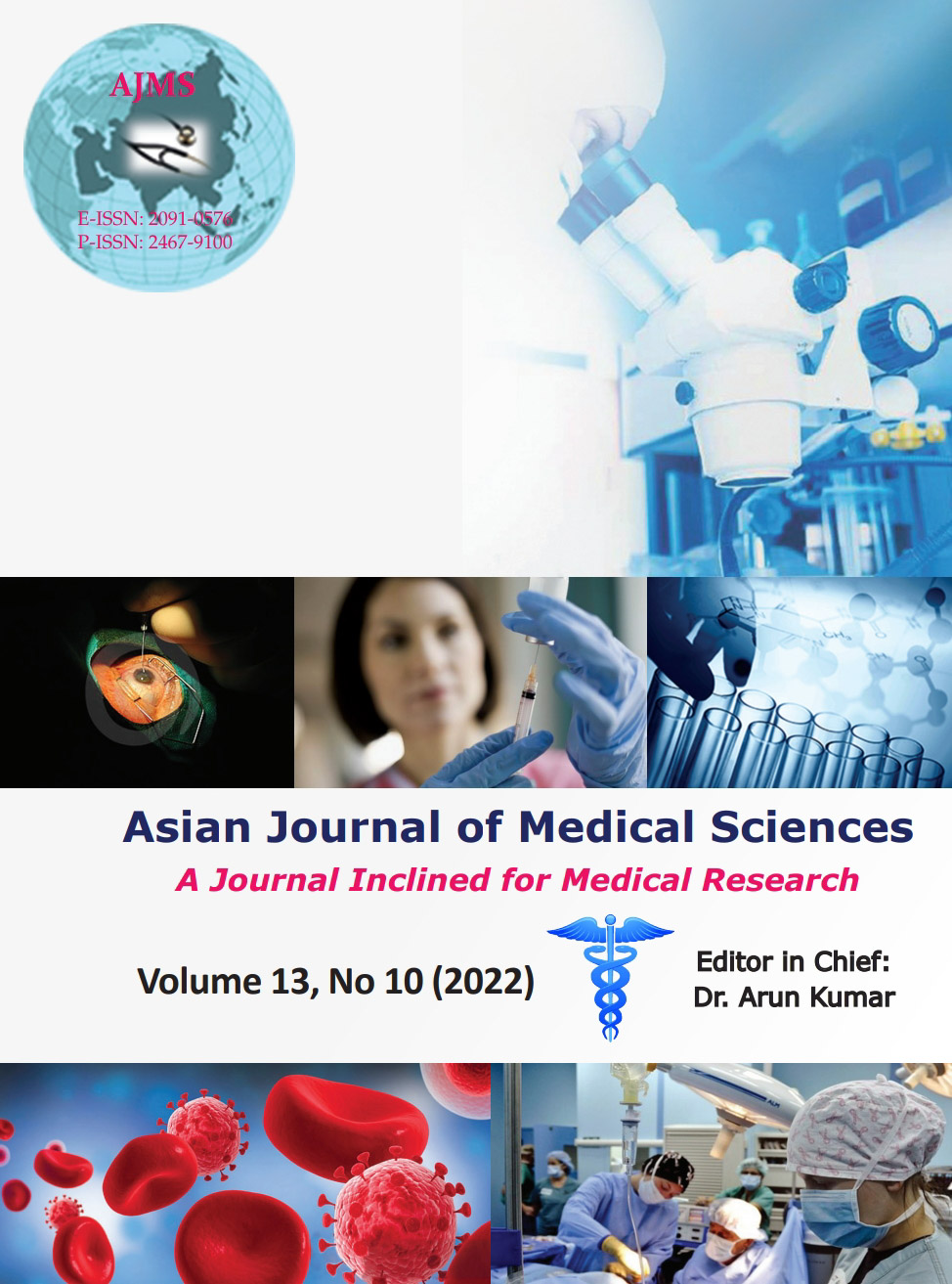Evaluation of diabetic foot ulcer with reference to demography, clinical presentation, and imaging modalities for diagnosis: An observational study
Keywords:
Diabetic foot ulcer; Neuroarthropathy; Magnetic resonance imaging; Plain radiograph; AccuracyAbstract
Background: Demography and clinical presentation of diabetic foot ulcer varies across geographical location. Multiple imaging modalities such as plain radiography and magnetic resonance imaging (MRI) are used to evaluate osteomyelitis or neuroarthropathy in diabetic foot. Plain radiography is a low cost and easily available test while MRI is reported to be of higher sensitivity and specificity for delineating the extent of soft tissue and bone involvement.
Aims and Objectives: The study was designed to determine the spectrum of demographic and clinical findings and to find the utility of different diagnostic modalities such as clinical, plain radiography, and MRI that were used to differentiate between osteomyelitis and neuroarthropathy.
Materials and Methods: After obtaining permission of Institute’s Ethics Committee’s permission, this observational study was carried out among patients, males and females aged 13 years and above, who presented with diabetic foot ulcer for treatment. The study spanned from March 2020 to August 2021 to reach a sample of 50 patients following non-random purposive sampling. A pro forma (containing history, physical examination findings, and laboratory investigations) was used to explore patient data. Besides clinical diagnosis, plain radiography and MRI were used to evaluate the clinical findings.
Results: In the study, most of the subjects were between 51 and 70 years of age having diabetes for a duration of 5–15 years. The basis of complications observed is infections, ischemia, and neuroarthropathy. Among the diagnostic modalities used to reach a diagnosis of osteomyelitis or neuroarthropathy, MRI was able to pick up the diagnosis in a greater number of patients for above two entities. Osteomyelitis was identified in 24 (48%) patients and neuroarthropathy was identified in 22 (44%) patients. Use of plain radiography helped in reaching diagnosis in 30% of patients for each category. Clinical diagnosis about osteomyelitis or neuroarthropathy was made in 22% and 26% of patients, respectively. However, on analysis, it was not significant.
Conclusion: The present study showed a male preponderance. Moreover, MRI was able to categorically diagnose different pathological parameters of osteomyelitis and neuroarthropathy. Marrow edema was detected in a larger proportion of patients among the MRI-diagnosed cases of osteomyelitis and neuroarthropathy. MRI appears to be more useful than plain radiography for clinical diagnosis.
Downloads
Downloads
Published
How to Cite
Issue
Section
License
Copyright (c) 2022 Asian Journal of Medical Sciences

This work is licensed under a Creative Commons Attribution-NonCommercial 4.0 International License.
Authors who publish with this journal agree to the following terms:
- The journal holds copyright and publishes the work under a Creative Commons CC-BY-NC license that permits use, distribution and reprduction in any medium, provided the original work is properly cited and is not used for commercial purposes. The journal should be recognised as the original publisher of this work.
- Authors are able to enter into separate, additional contractual arrangements for the non-exclusive distribution of the journal's published version of the work (e.g., post it to an institutional repository or publish it in a book), with an acknowledgement of its initial publication in this journal.
- Authors are permitted and encouraged to post their work online (e.g., in institutional repositories or on their website) prior to and during the submission process, as it can lead to productive exchanges, as well as earlier and greater citation of published work (See The Effect of Open Access).




